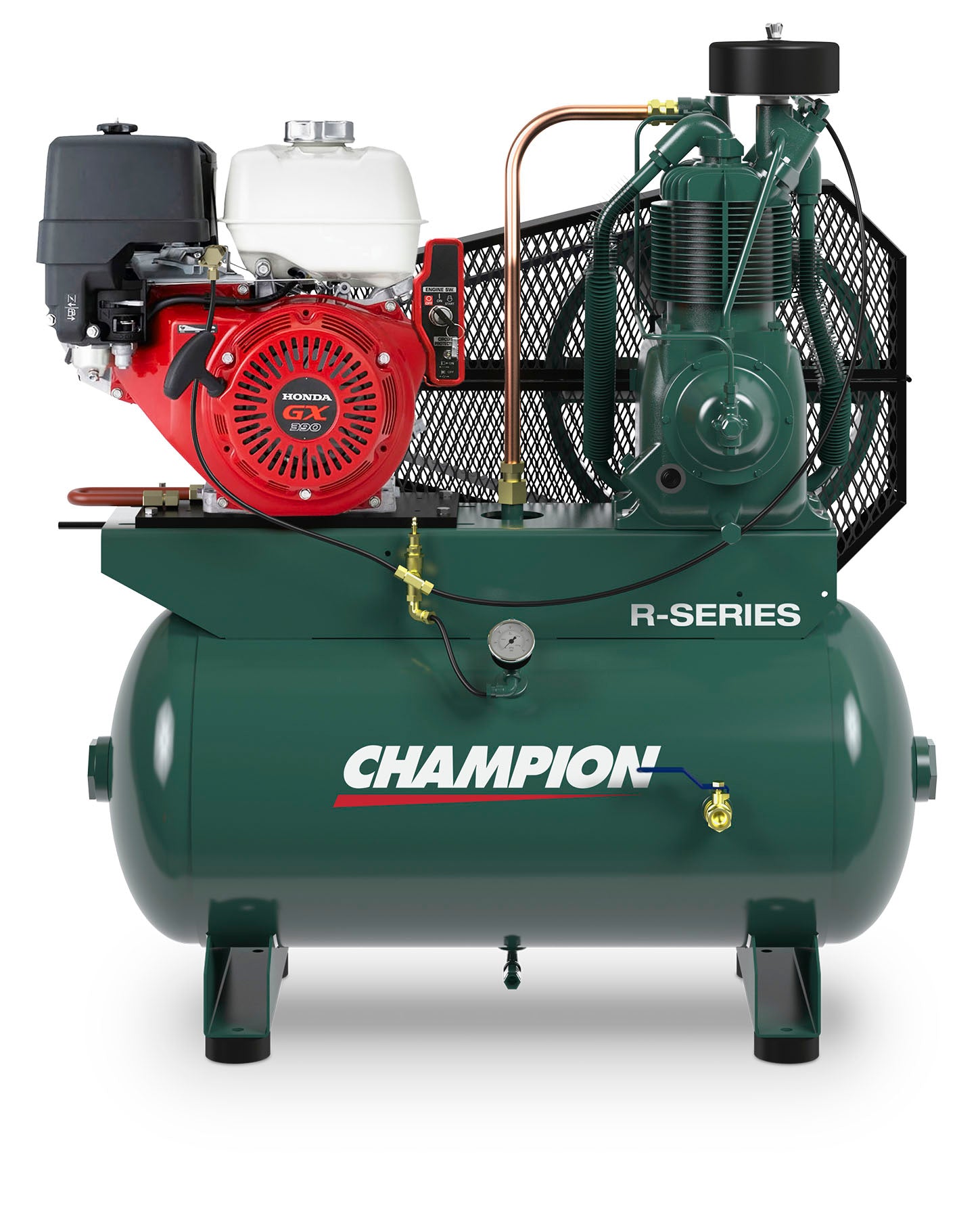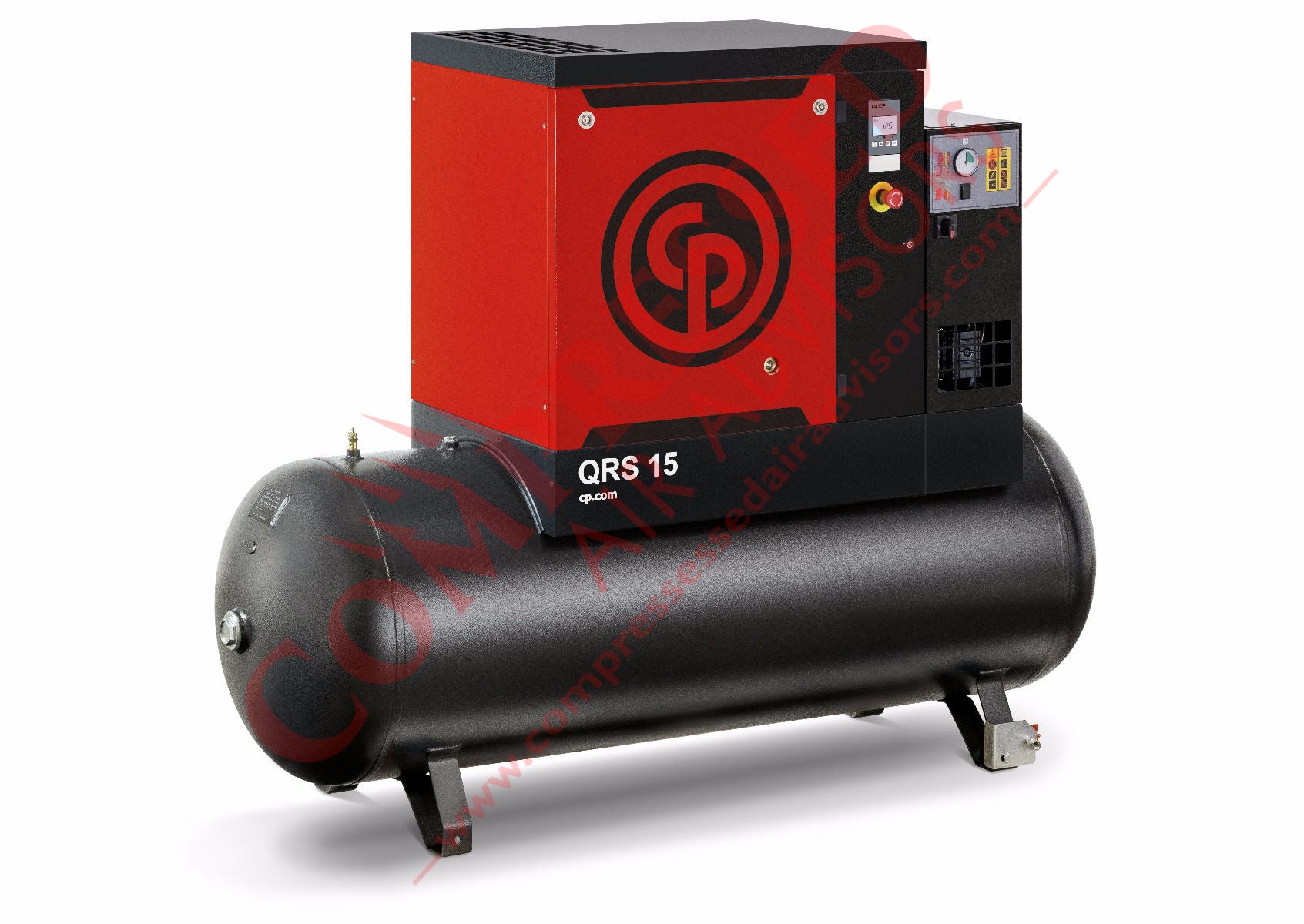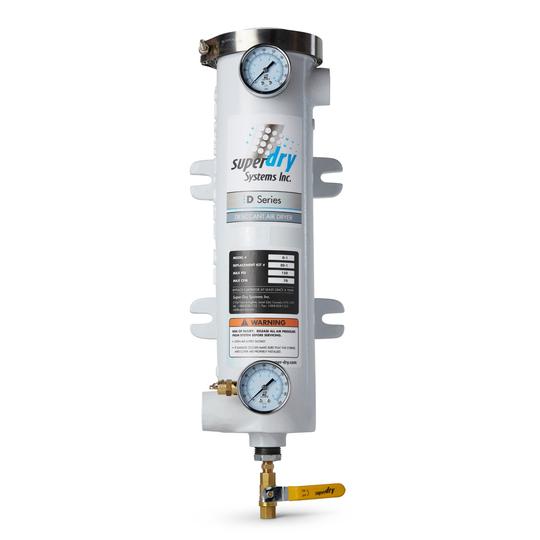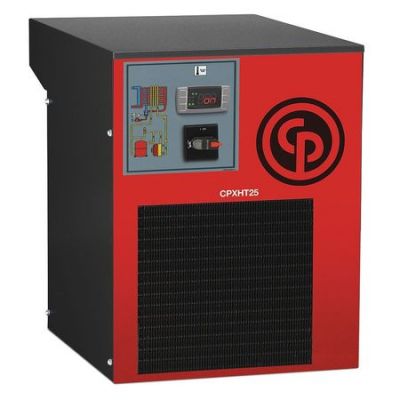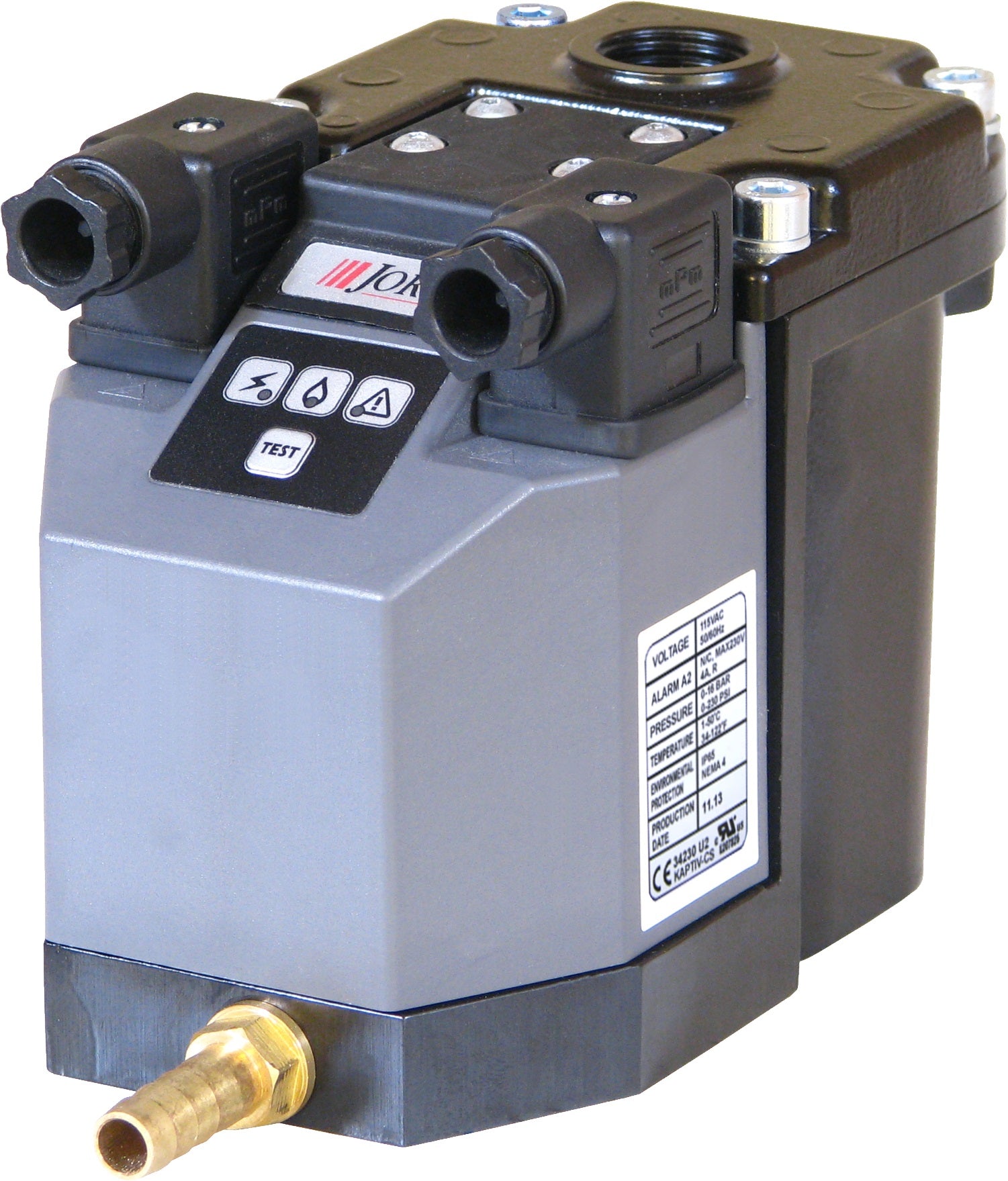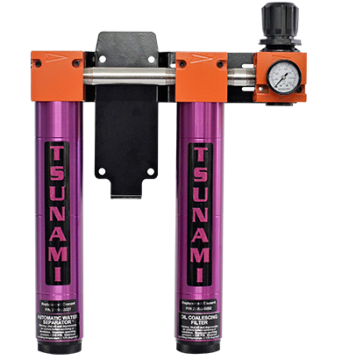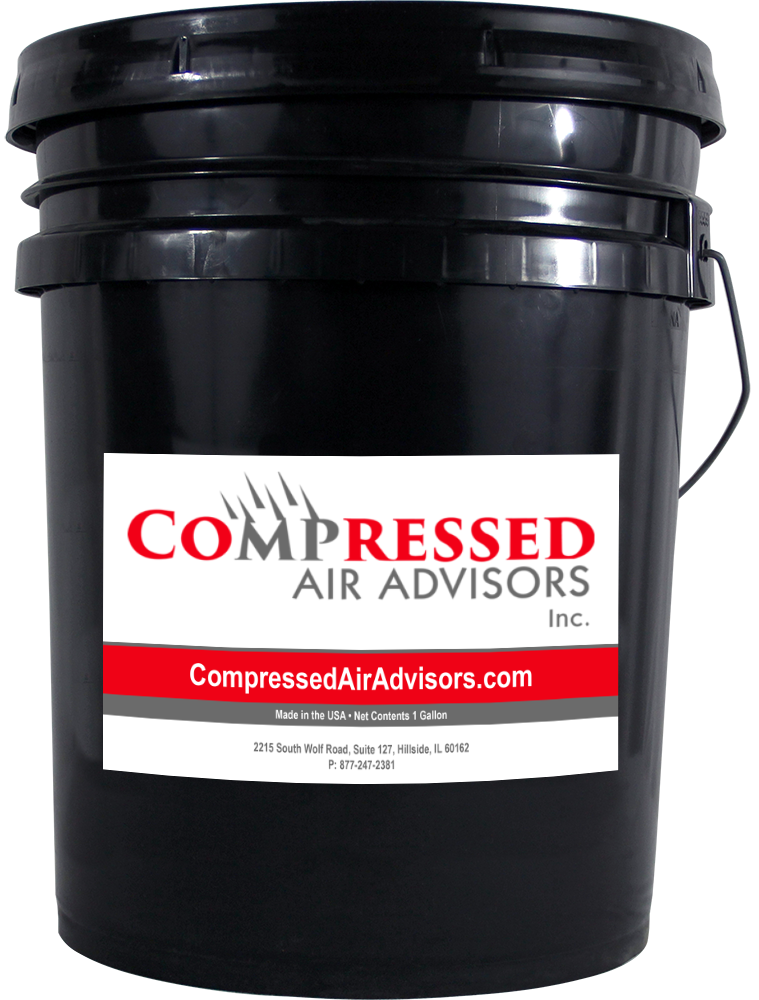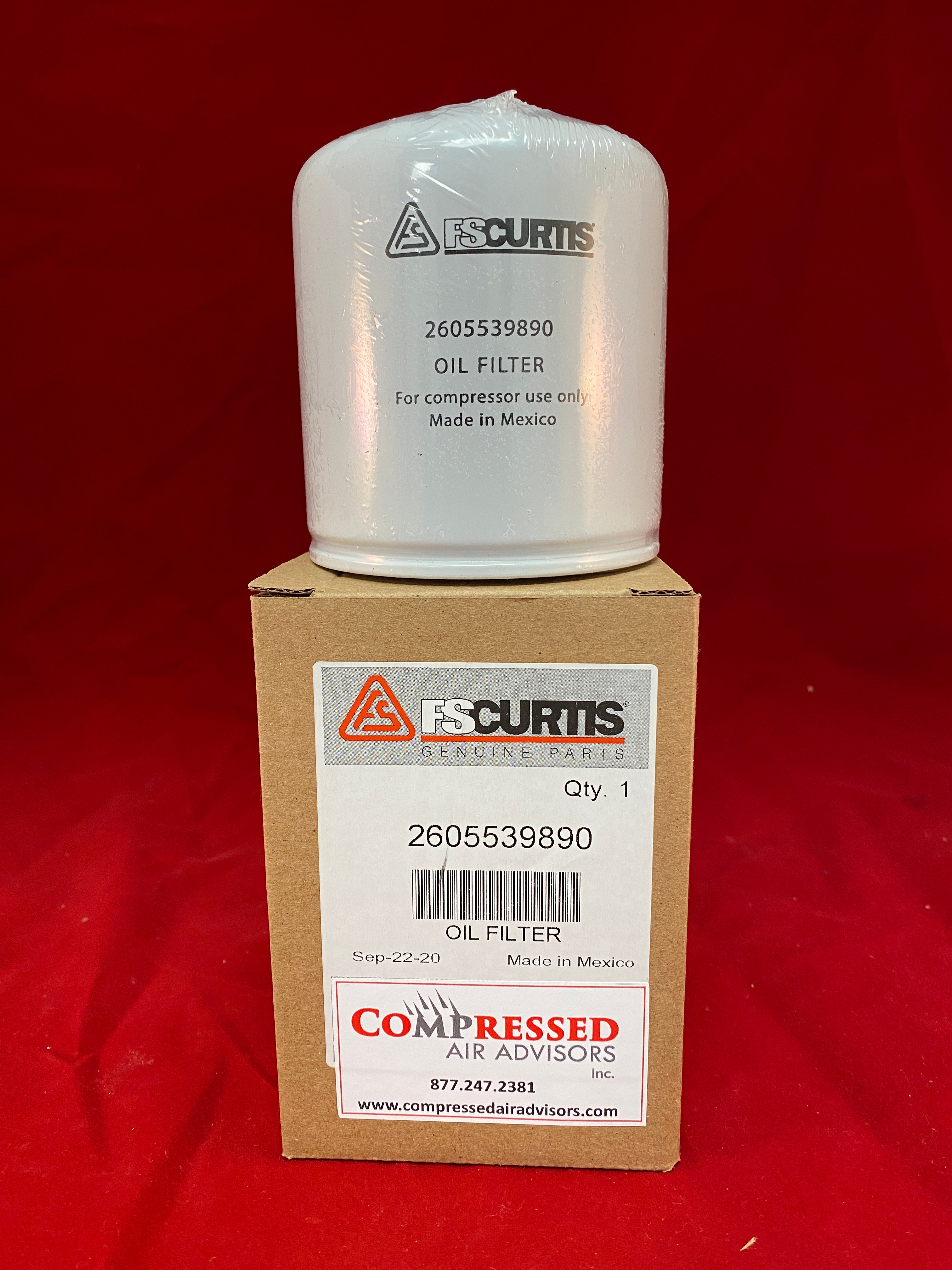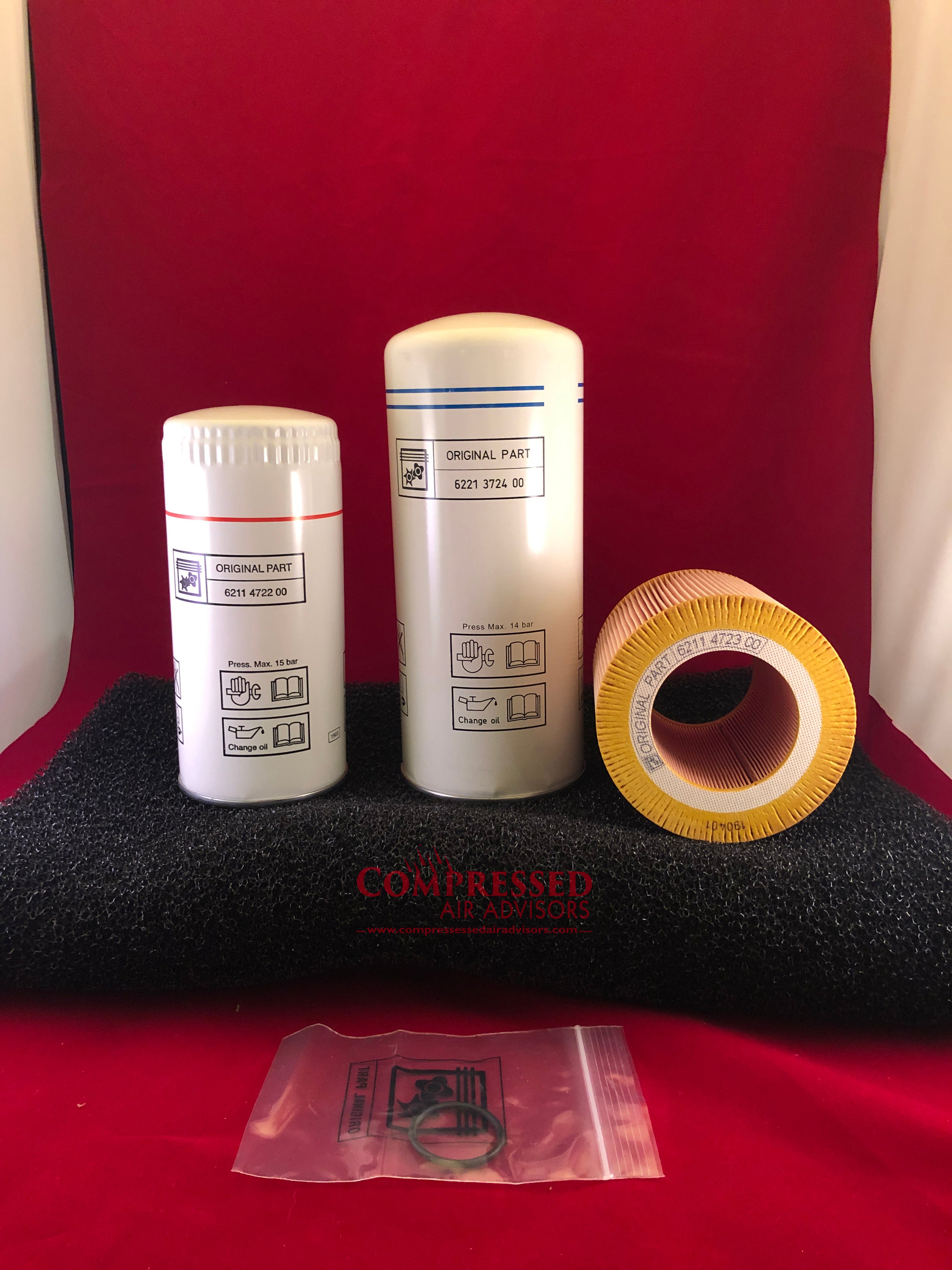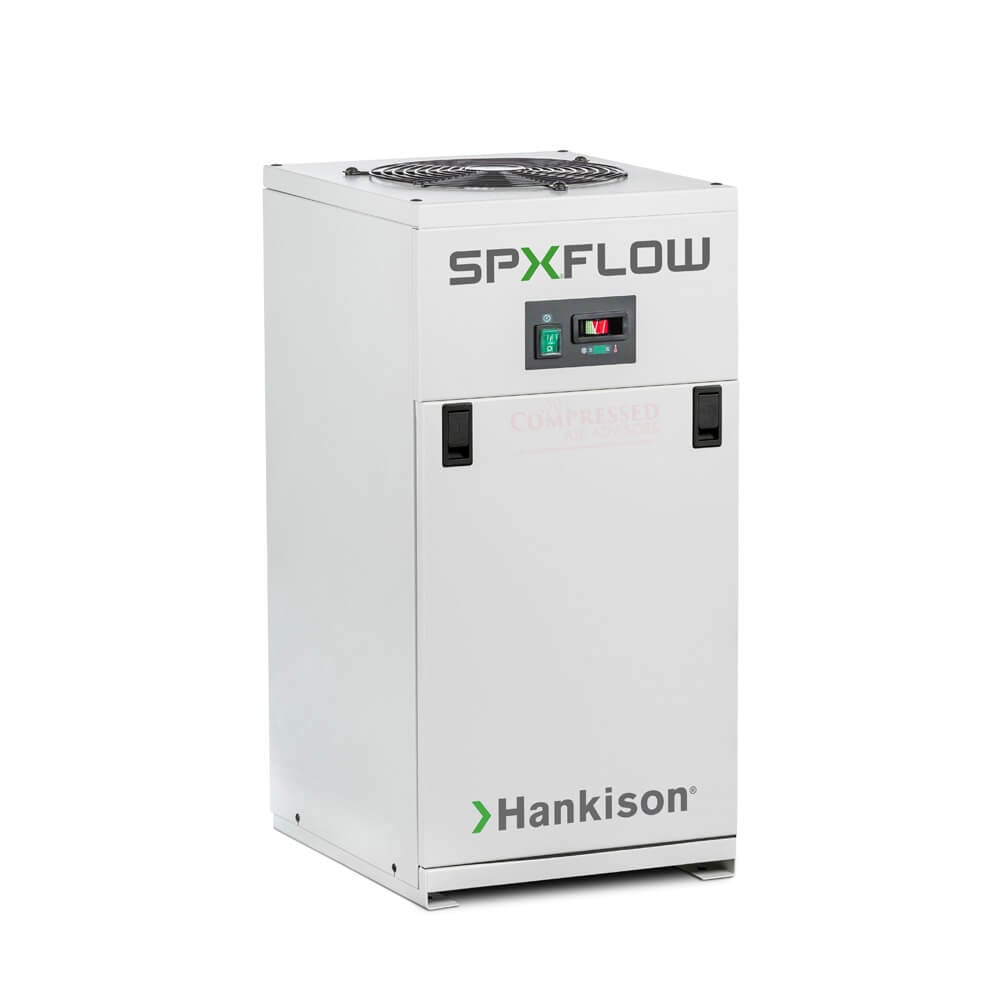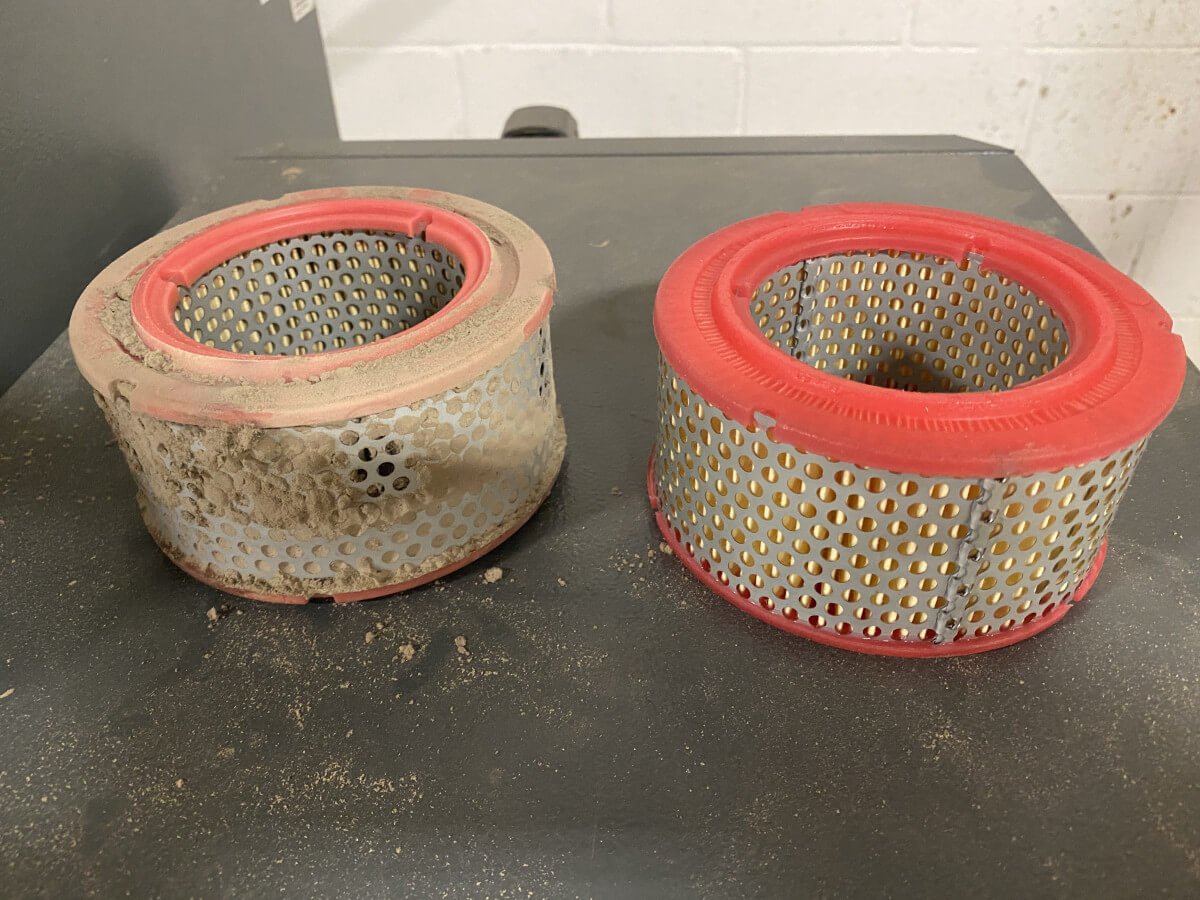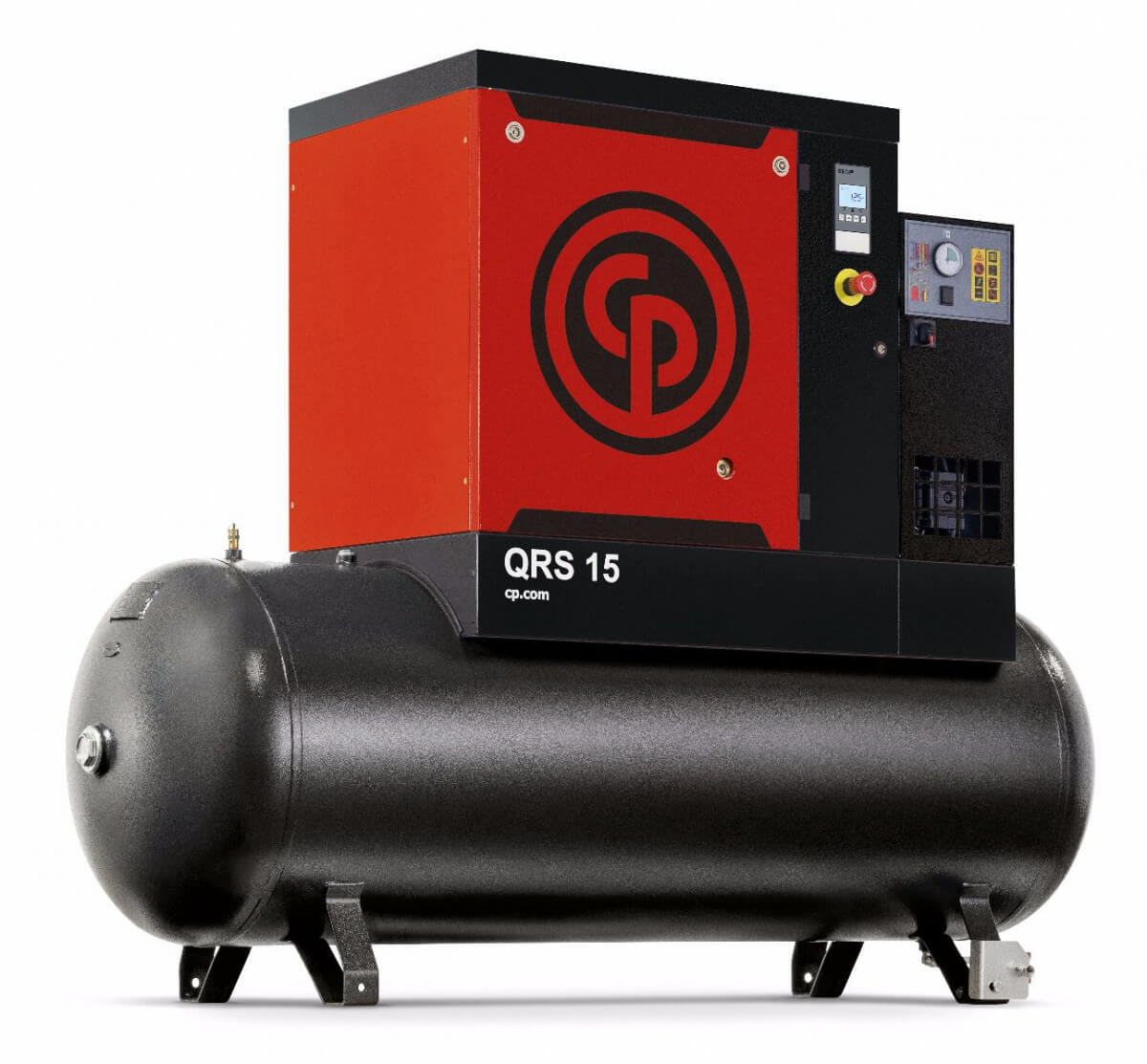Non-Cycling and Cycling and High Temperature Refrigerated Air Dryers, Oh My!
So, one of the most common questions we are asked at Compressed Air Advisors, Inc. is what is the difference between; Non-Cycling, Cycling and High Temperature refrigerated air dryers. So the purpose of this blog is to help you better understand the differences between these styles of refrigerated air dryer and help you to make the right selection for your application.
First let start with the basics. What is a refrigerated air dryer, what does it do and why do you need it?
Think of this if you have 1 square foot of air (at atmospheric pressure 14.6 at sea level) that you compress in your air compressor to lets say 150 PSI. Doing this you basically compress that 1 square foot 10 times. Within that original 1 square foot you have things such as particulates and humidity. This blog is going to just address the humidity. Liquids do not compress like gasses. So, when you compress that 1 square foot of air the humidity (water vapor) it starts to move from vapor to liquid state. Then all of sudden you have water magically appear in your air lines! So, know you have some bulk water and some remaining water vapor in your air lines.
OK...OK....enough with the science. What is a refrigerated air dryer?
Simply stated a refrigerated air dryer is a mechanical process to remove water from your compressed air lines. A mechanical process? Sounds complex! Not really. A refrigerated air dryer is really nothing more than a refrigerator. They have a refrigeration circuit that cools the moisture laden air coming in from the compressor. As we learned in Jr. High science or somewhere along the way, when water vapor is cooled condensation occurs. Now that the air stream has been cooled and the water vapor has condensated into the liquid form of water it is generally drained out of the dryer through a water separator or drain of some sort dependent on dryer design and manufacturer.
What is this Dew Point people keep talking about?
Dew Point refers to the ambient temperature that the refrigerated air provides water removal to. Most refrigerated dryers provide protection from 38 - 45 Degrees F. Should ambient temperatures drop below the dryers rated dew point water will form in the air lines.
Refrigerated Air Dryers seem simple enough, but what gives on the different types of Refrigerated Air Dryers?
The three types of refrigerated air dryer are:
- Non-Cycling
- Cycling
- High Temperature
All of these types are base around basically the same refrigeration process as described above. However, each style may have some advantage in your process. So, lets start with with a quick overview.
Most reputable manufacturers Non-Cycling and Cycling Dryers rated CFM are based on three factors.
- 100 Degree F Ambient Temperature
- 100 Degree F Approach Temperature
- 70 Degree F Relative Humidity
When these factors very the dryer may operate a little better or a little worse. There are equations that Compressed Air Advisors, Inc. can help you with should you have questions about your particular application.
Non-Cycling Dryers are by far the most common type of dryer. Non-Cycling dryers are designed for continuous run. However some have electronic controls that will shut the dryer off if no incoming air is detected. Compressed Air Best Practices would say that these are to be used when you have a constant air demand without much variation. However the added cost of a Cycling style dryer often wont be offset in energy savings with at smaller CFM applications.
Cycling Dryers when appropriately applied generally will save energy. Cycling dryers have some sort of mass whether it be glycol, silica or some other media that the refrigeration circuit cools. Once this mass is cooled the refrigeration process shuts off. Incoming air then passes through the media and is cooled. Thus the water dropping out. Once that media's temperature starts to rise the refrigeration process turns back on and cools the media back down and shuts off again. The energy savings come in the fact that the refrigeration compressor is not continuously on using electricity. Cycling Dryers are best placed in applications where the demand varies greatly or there are different shifts that require different air demands.
High Temperature Dryers are used on Reciprocating or some smaller Rotary Screw air compressors. The reason being that in compressing air a great amount of heat is generated. (as you well know if you have worked around air compressors) and most Reciprocating and some smaller Rotary Screw air compressors do not have large enough heat exhangers to dissipate the heat of compression. So the air temperature leaving the compressor and approaching the air dryer is much higher than the 100 degree design that Non Cycling and Cycling air dryers are designed for. High Temperature Dryers are designed to handle the rated CFM at the elevated approach temperatures.
I have heard about Desiccant Air Dryers. What are they?
Those are a topic for another blog!!! I will say that if your compressed air lines are exposed temperatures below 38 Degrees F more than likely you will need to consider a desiccant dryer to remove water from your air lines.
Now that you have enough information to be dangerous.....
Please keep in mind this blog is just touching on the tip of refrigerated air dryers and should you need or want additional help please reach out to Compressed Air Advisors, Inc. to assist you.



